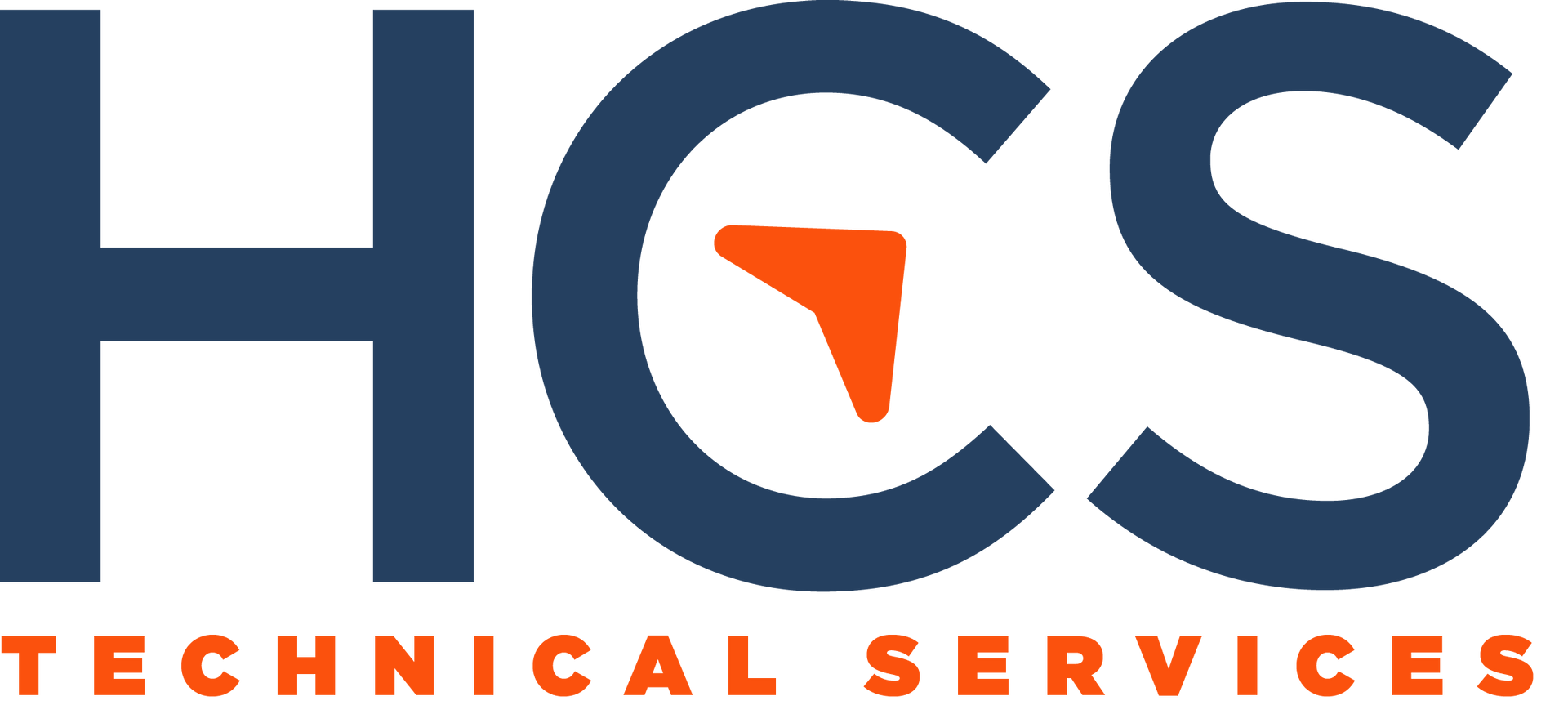How Can I Ensure My Business's Data is Properly Managed and Secure?
A Solid Foundation: Building Your Data Governance Strategy

Weak data governance can lead to a myriad of issues, from compromised data integrity to regulatory non-compliance. An effective data governance strategy is crucial for maintaining the quality and security of your business's information assets. So, how can you strengthen your foundation with robust data governance?
The Solution: Implement a Comprehensive Data Governance Framework
The key to ensuring your business's data is properly managed and secure is to implement a comprehensive data governance framework. This framework should outline clear policies and procedures for data access, management, quality, and security. By establishing and enforcing these guidelines, you create a solid foundation for effective data utilization and protection.
Actionable Tip: Develop Clear Data Usage, Storage, and Archiving Guidelines
To get started, develop clear guidelines on data usage, storage, and archiving. These policies should address key aspects of data governance, including:
- Data accuracy: Ensuring that data is correct, complete, and up-to-date.
- Data accessibility: Defining who can access what data and under what circumstances.
- Data consistency: Ensuring that data is consistent across all systems and departments.
- Data security: Implementing measures to protect sensitive data from unauthorized access or breaches.
Additionally, define roles and responsibilities for data stewards and users. This helps ensure accountability and clarity in data management processes.
Finally, utilize technology tools that support data governance efforts, such as data cataloging and quality management software. These tools can automate and streamline many aspects of data governance, making it easier to maintain compliance and data quality.
The Key Benefits of Robust Data Governance
- Improved Data Quality: Strong governance ensures that your data is accurate, complete, and reliable for making business decisions. By enforcing data quality standards, you can trust that your data is a true reflection of your business's reality.
- Enhanced Compliance: With proper governance, you're better equipped to meet legal and regulatory data requirements, such as GDPR or HIPAA. This helps avoid costly fines and legal issues that can arise from non-compliance.
- Increased Operational Efficiency: Clear data policies streamline processes, reducing redundancy and enhancing productivity. When everyone knows how to handle data properly, they can work more efficiently and effectively.
- Protected Data Assets: Secure governance frameworks prevent data breaches and ensure the integrity of sensitive information. By implementing strong access controls and security measures, you safeguard your business's valuable data assets.
Data Governance: Maximizing Value, Minimizing Risk
Solid data governance isn't just about compliance; it's about maximizing the value of your data while minimizing risks. By establishing clear data management protocols, your business can leverage data as a strategic asset effectively. You can make better-informed decisions, streamline operations, and build trust with customers and partners.
Get Expert Assistance to Build Your Data Governance Strategy
Building a tailored data governance strategy can be complex, especially for businesses with diverse data types and compliance requirements. To ensure that your data governance efforts are successful, consider partnering with HCS Technical Services. Their team of experienced data management professionals can assess your current practices, recommend industry best practices, and help you implement a comprehensive data governance framework that meets your business's unique needs.
Ensuring that your business's data is properly managed and secure is essential in today's data-driven world. By implementing a robust data governance framework, developing clear guidelines, and partnering with experts, you can strengthen your data management foundation and unlock the full potential of your information assets. Don't let weak data governance put your business at risk—start building your robust data governance strategy today.
HCS Technical Services











